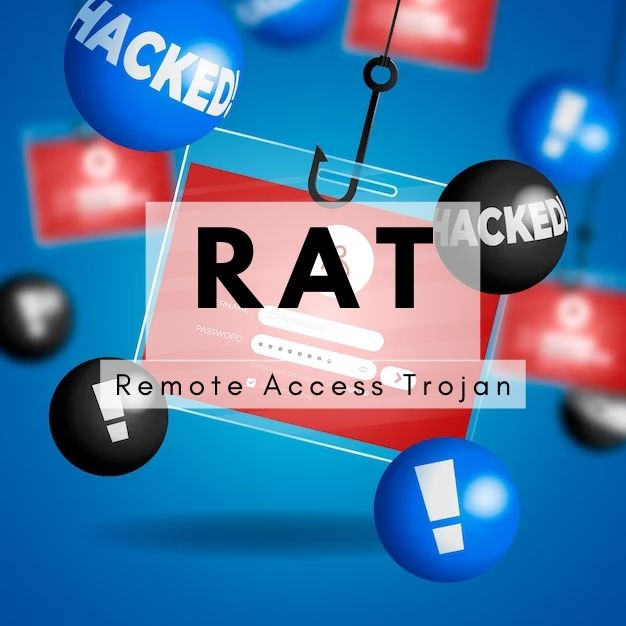Explaining Two-Factor Authentication (2FA): Strengthening Online Security
Discover the vital concept of Two-Factor Authentication (2FA) and its role in enhancing online security. Learn how 2FA works, its benefits, and its applications in modern digital environments.
In the realm of digital security, Two-Factor Authentication (2FA) stands as a powerful shield against unauthorized access. It's a security method that requires users to provide two distinct forms of identification before gaining access to a system, account, or resource. This adds an extra layer of protection beyond the traditional username and password combination.
Understanding Two-Factor Authentication (2FA)
Two-Factor Authentication relies on two separate factors for verification:
1. Something You Know: This includes your password, PIN, or any other knowledge-based credential.
2. Something You Have: This involves a physical item you possess, like a smartphone, hardware token, or smart card.
How 2FA Works
When you attempt to log in with 2FA enabled, you first enter your username and password. Then, a second factor is required. This might involve entering a one-time code sent to your phone or generated by an authentication app. The synergy of these two factors ensures that even if your password is compromised, the attacker still can't access your account without the second factor.
Benefits and Applications
Two-Factor Authentication significantly reduces the risk of unauthorized access, data breaches, and identity theft. It's widely used to secure online accounts, banking transactions, email services, and more. Additionally, many online platforms and services offer 2FA as an optional security measure, allowing users to take control of their digital safety.
Conclusion
In an era marked by growing cyber threats, Two-Factor Authentication (2FA) emerges as a crucial tool in fortifying online security. By requiring two distinct forms of identification, it ensures that only authorized individuals can access sensitive information and digital resources.
Share This Post
Related Articles
Guide to Deal With Fake Social Media Profiles
Elevate your online safety with our comprehensive guide on dealing with fake social media profiles. Learn expert strategies to recognize and report deceptive accounts, ensuring a secure digital presence. Stay ahead in the digital realm with our essential insights.
What is a backdoor in Hacking
A backdoor in hacking is a method of bypassing the normal authentication or encryption of a system, network, or application. A backdoor can be created intentionally by the developer or administrator, or unintentionally by a vulnerability or malware. A backdoor can allow an attacker to access, modify, or control the system without the knowledge or consent of the owner or user.
Unlock Your Hacking Potential: The Ultimate List of Best Books for Ethical Hackers!
Explore the ultimate guide to unlocking your hacking potential with the best books for ethical hackers! From basics to advanced techniques, these books have got you covered.
Unlocking the Potential of IoT: A Comprehensive Exploration
Dive into the world of IoT as we unravel its intricacies, significance, benefits, standards, security concerns, and evolution. Discover how IoT is reshaping our lives and businesses!
Unlocking the Secrets of RAT in Cyber Security
What is RAT in cyber security? Dive deep into the world of Remote Access Trojans, explore their risks, and learn how to protect your digital fortress!
Related FAQ
No related FAQ.
Say Hello
To Your Dream





